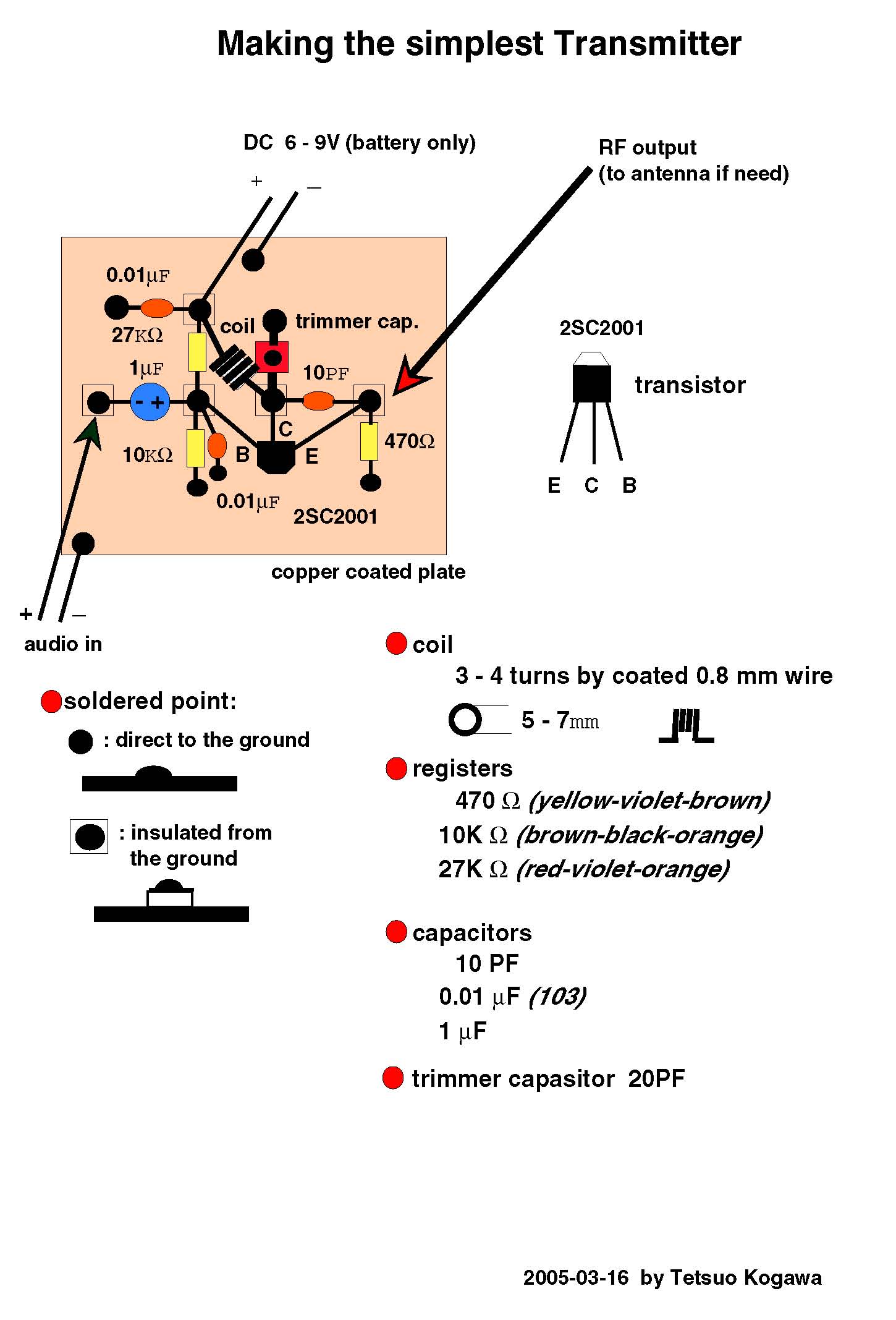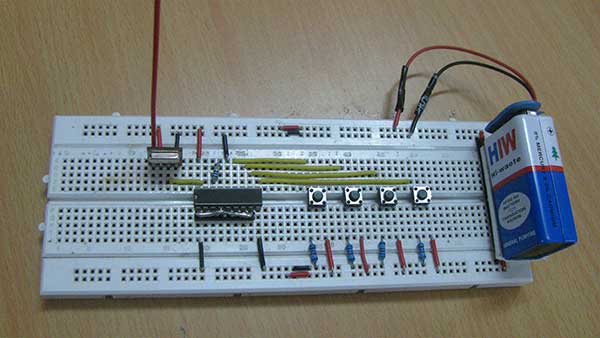Experiments with Arduino RF Receiver and Transmitter Simple Steps Circuit Diagram Wireless communication is a crucial aspect of modern electronics, enabling devices to transmit and receive data without physical connections. In this article, we will guide you through designing, simulating, and programming a basic RF (Radio Frequency) transmitter and receiver circuit using TinkerCAD, a versatile online platform for 3D design, electronics simulation, and coding.Materials The basic block diagram of an RF transmitter and receiver consists of several key components. The transmitter section includes a modulator, an amplifier, and an antenna, while the receiver section comprises an antenna, a tuner, a demodulator, and a decoder. enabling the design and implementation of effective wireless communication systems Fig. 4: Pin Diagram and Pin Configuration of HT12E RF Encoder IC. b) RF Transmitter - The RF transmitter consists of an electrical oscillating circuit which generates the radio wave, a modulator which perform hybrid ASK modulation of the wave according to the digital data received from the encoder, and an amplifier which increases the

Building a simple transmitter and receiver is the quickest way to get started on your journey into the world of RF. It is also a lot of fun. This tutorial provides an excellent introduction to building a simple digital communication system. Martyn Davies provides a good overview of modulation, RF circuits and programming with an Arduino. 3.4.1 Radio as a Cascade of Two-Ports. The front end of an RF communication receiver or transmitter combines a number of subsystems in cascade. The design of the RF front end requires trade-offs of noise generated by the circuit, of frequency selectivity, and of power efficiency, which translates into battery life for a communication handset.

How to Build a Simple Radio Transmitter Circuit: A Step Circuit Diagram
How RF Transmitter and Receiver Circuit Works. The HT12E encoder IC's 4 data pins are connected to the 4 push buttons. The push buttons provide 4-bit data to the HT12E encoder IC. Then the IC converts these 4-bit data into serial data and this serial data will be available at the DOUT pin (pin17) of the IC. This output serial data is given to the RF Transmitter module. The term RF stands for "radio frequency" and the RF transceiver module will always work in pairs because it needs a transmitter and a receiver to send and receive data. The transmitter can only send information and the receiver can only receive information, so data can always be sent from one end to the other, not the other way around.

RF Basics, RF for Non-RF Engineers - Texas Instruments At the heart of a radio transmitter circuit diagram is an oscillator. The oscillator generates a high-frequency AC signal, which is then modulated with the audio signal to create the radio waves. The oscillator can be a simple tank circuit or a more complex semiconductor-based oscillator like a voltage-controlled oscillator (VCO). 2. Modulator
